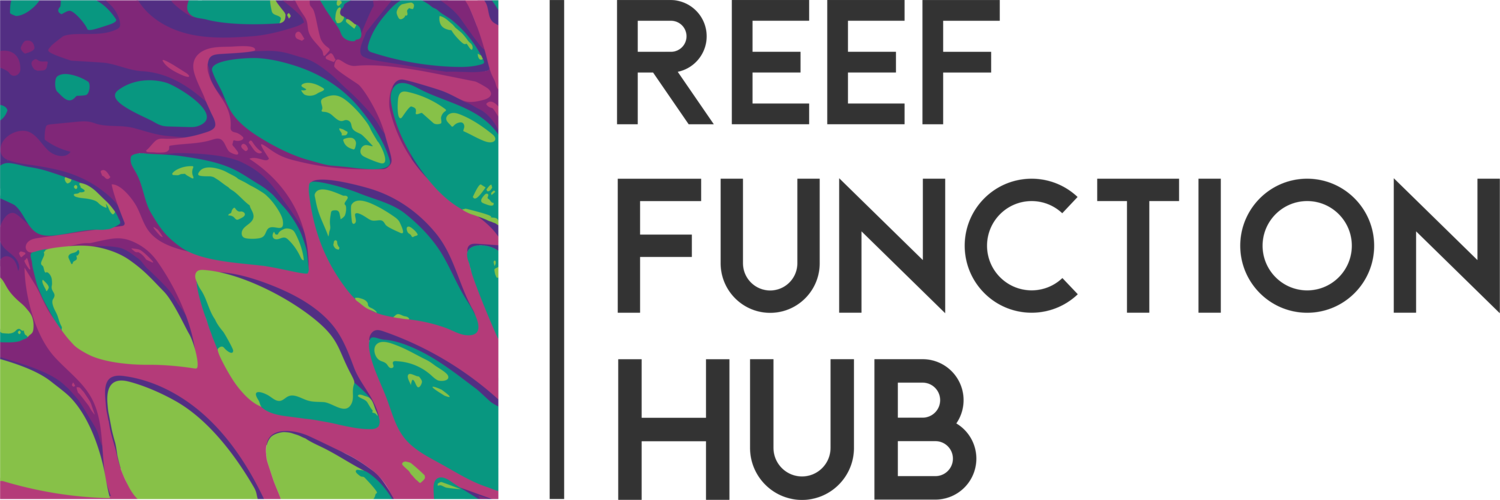Algal turf structure and composition vary with particulate loads on coral reefs
Authors: Chaitanya Arjunwadkara, Sterling Tebbett, David Bellwood, David Bourne & Hillary Smith
Abstract:
Algal turfs trap and retain particulates, however, little is known about the relationship between particulate accumulation and taxonomic composition of algal turfs. We investigated how particulate mass related to algal turf structure (length and density) and community composition (taxonomic and functional) on two disparate reefs. Particulate mass was positively related to algal turf length. By contrast, the relationship between particulate mass and turf density was more complex and followed a negative parabolic shape; density increased with particulate mass before stabilising and then declining. Community analyses showed taxonomic, but not functional group compositions differed significantly between reefs and with increasing particulate mass. Our results suggest high loads of particulates accumulated in algal turfs are related to a longer, lower density turf structure, typified by filamentous forms such as Cladophora. Changes in algal turf structure and composition could have a variety of bottom-up influences on coral reef ecosystems.

